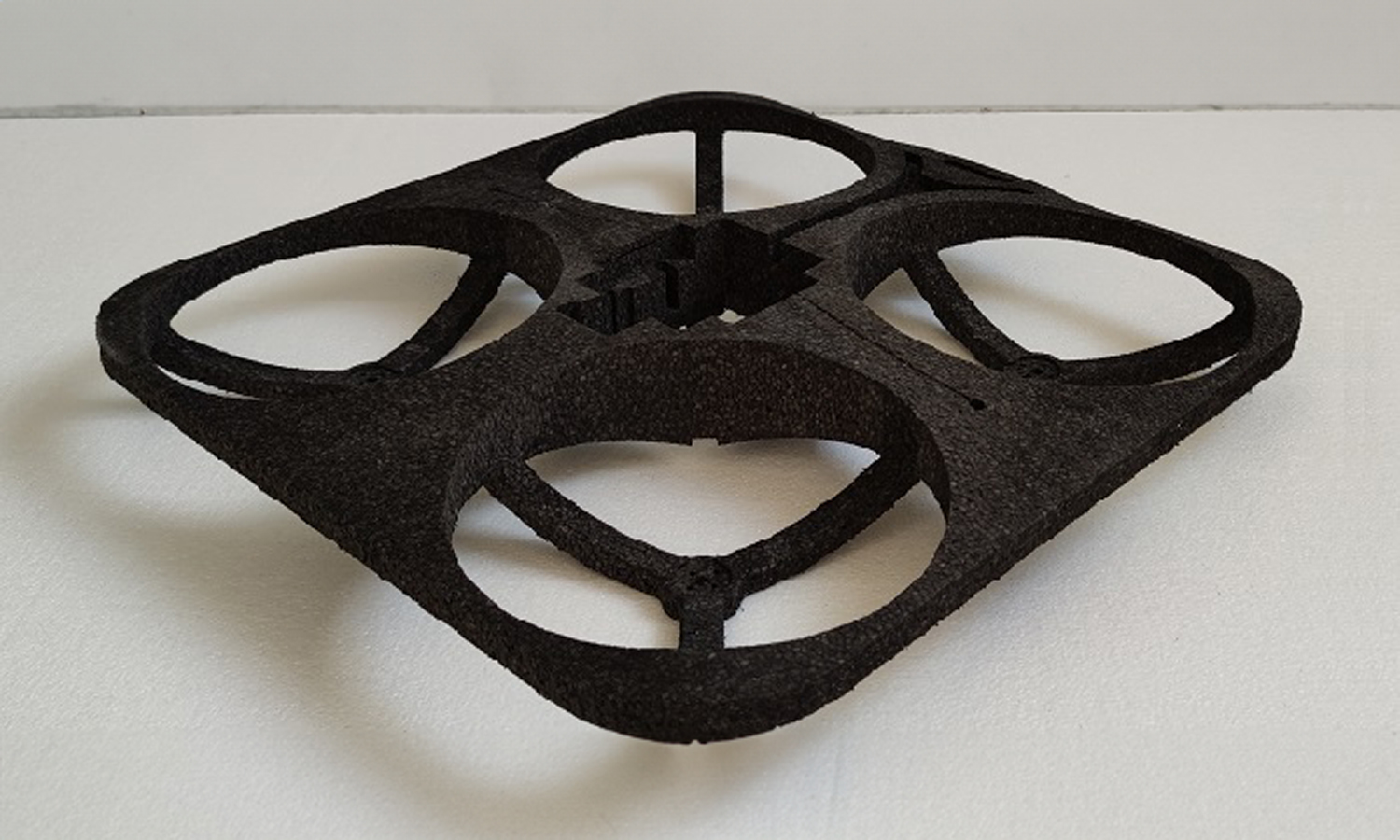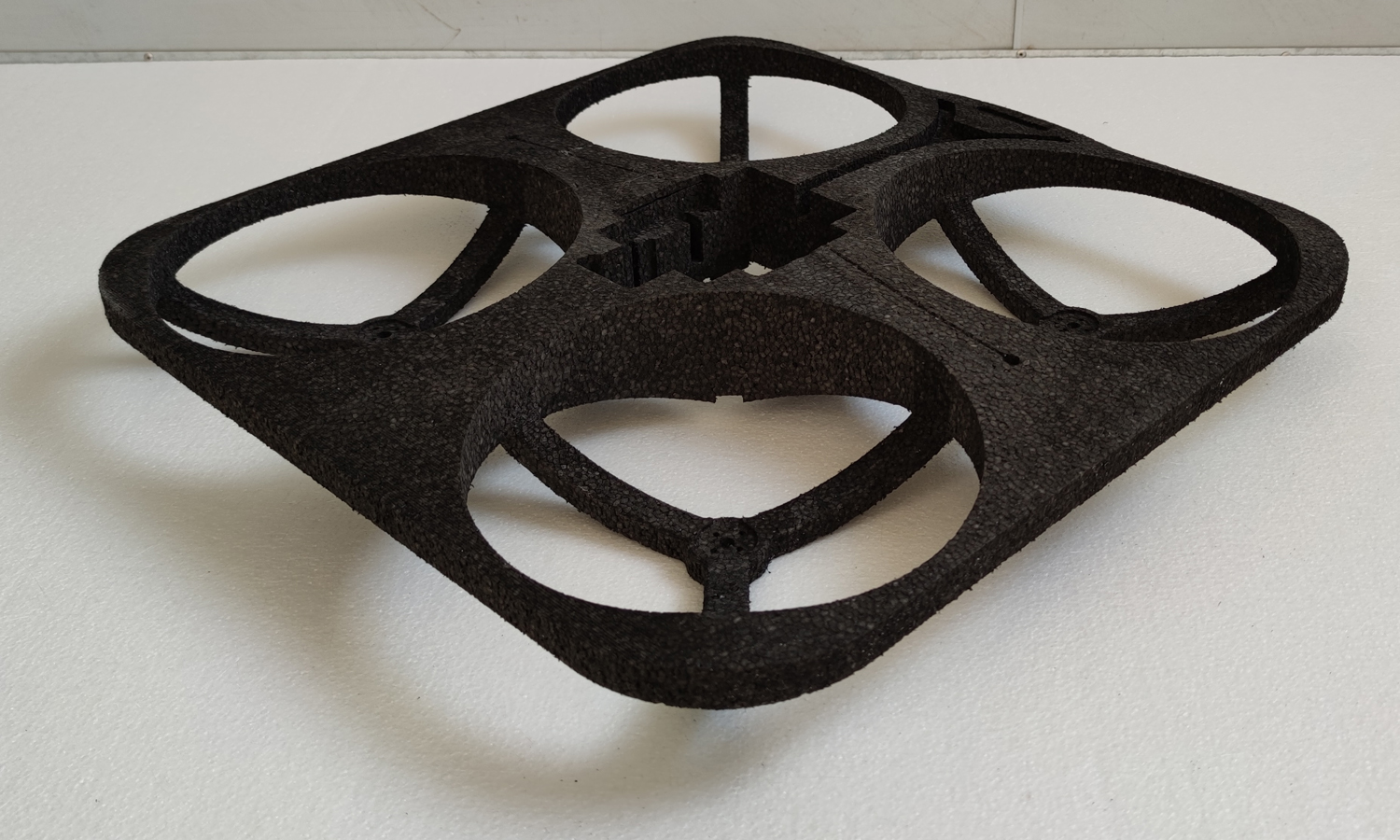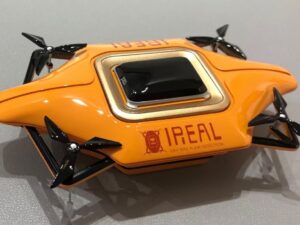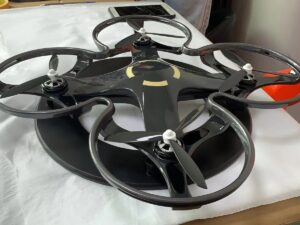- DLP 3D Printed Ultra Detail Resin Sitting Buddha Statue
- SLA 3D Printed Clear Resin Replica of Ancient Chinese Vase
Gallery
About Project
If you are looking for a reliable and cost-effective way to pack and protect your quadcopter drone, you might want to consider CNC-milled EPP insert packing. EPP (expanded polypropylene) is a durable and lightweight foam material that can withstand impacts and vibrations. CNC milling is a process that uses computer-controlled machines to cut and shape EPP blocks into custom-designed inserts that fit your drone perfectly.
One of the advantages of CNC-milled EPP insert packing is that it can accommodate complex shapes and features, such as holes, slots, grooves, and contours. For example, you can have four round holes with Y-shaped cuts to hold your 3-blade propellers securely, and a small hole with a complicated geometry to fit your camera or other accessories. CNC milling can also create smooth and precise edges and surfaces, unlike hot-wire cutting or manual carving.
Another benefit of CNC-milled EPP insert packing is that it can be produced quickly and efficiently, thanks to the advanced technology and equipment of FacFox. FacFox is a leading online 3D printing and CNC machining service provider in China, with over 50 metal and plastic materials to choose from. FacFox can handle any volume of production, from one to 100,000 parts, and deliver them to you as fast as one day. FacFox also offers custom surface finishes, such as painting, polishing, anodizing, and coating, to make your parts look more professional and attractive.
Solution
- Step 1: A 3D CAD model of the insert packing was created using CAD/CAM software, such as Autodesk Inventor or SolidWorks. The model included the dimensions, tolerances, threads, and finishing preferences of the part.
- Step 2: The CAD model was exported to a CNC-compatible file format, such as STEP or STL. The file contained the instructions for the CNC machine, such as the rotational and linear movement, cutting sequence, toolpath, machine, and workpiece speed.
- Step 3: The CNC milling machine was set up by attaching the appropriate cutting tools to the spindle and placing the EPP block on the table. The CNC program was loaded into the machineŌĆÖs controller.
- Step 4: The CNC milling machine was operated by starting the spindle and feeding the EPP block to the cutting tools. The cutting tools rotated and moved along multiple axes to remove material from the EPP block and shape it into the insert packing. The process involved plain milling, face milling, and angular milling operations.
- Step 5: The CNC-milled EPP insert packing was inspected for quality and accuracy, and then shipped to the client.






